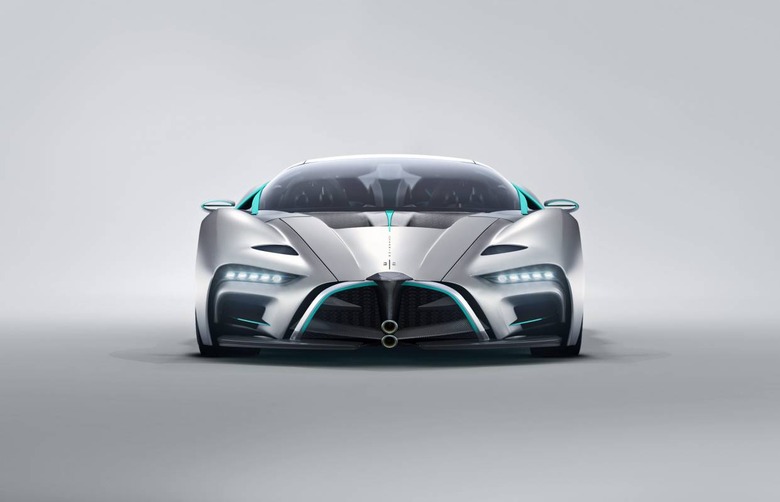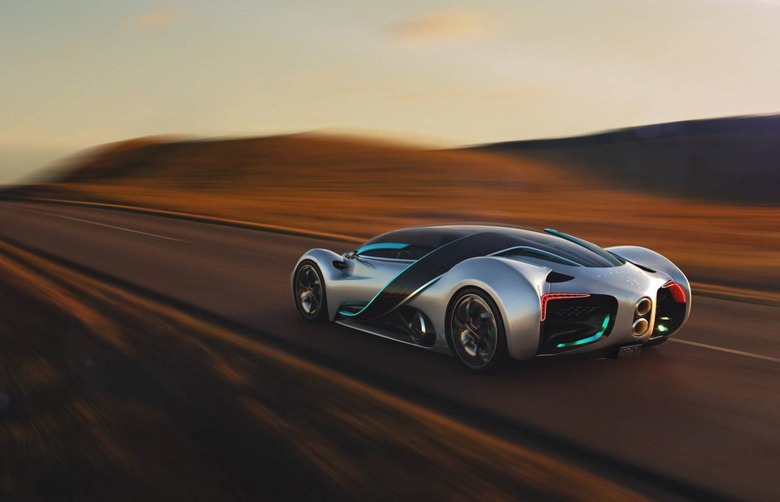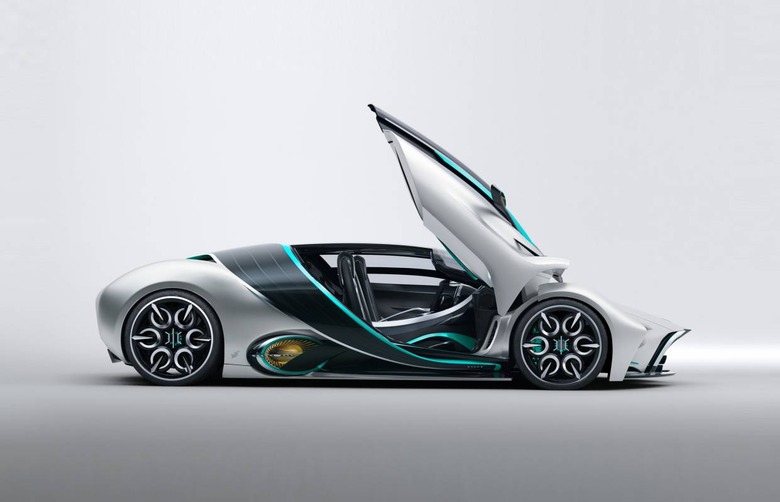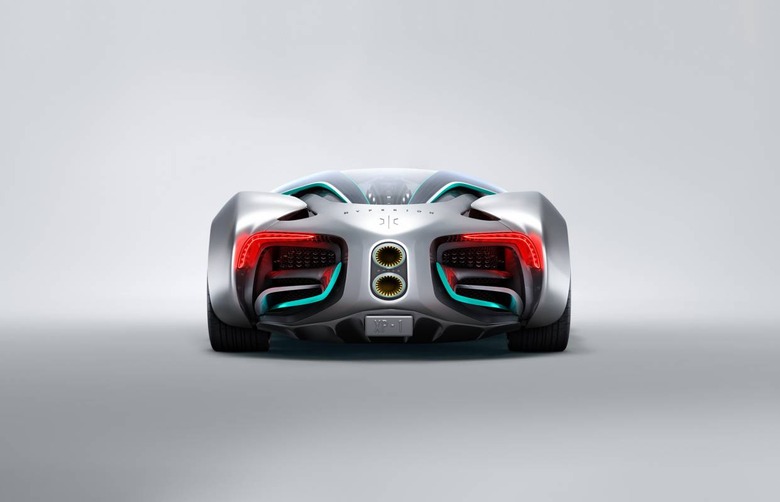The Hyperion XP-1 Is Proof That Hydrogen Power Reigns Supreme
No, your eyes are not deceiving you. You're looking at the Hyperion XP-1 hypercar, and it doesn't have a conventional reciprocating motor. It's not an EV, either, because the Hyperion XP-1 is the world's first hydrogen-powered supercar.
"The XP-1 was partially designed to function as an educational tool for the masses," said Angelo Kafantaris, founding member and CEO of Hyperion. "Aerospace engineers have long understood the advantages of hydrogen as the most abundant, lightest element in the universe and now, with this vehicle, consumers will experience its extraordinary value proposition."
It starts with a robust titanium carbon monocoque frame with titanium-infused body panels. With no heavy batteries to lug around, the Hyperion XP-1 is a lightweight at 2,275 pounds (1,248 kg). Hydrogen is stored in carbon-fiber tanks, while the fuel cell is responsible for powering all four wheels courtesy of robust electric motors.

The performance numbers are astonishing, to say the least. According to Hyperion, the XP-1 accelerates from zero to 60 mph in under 2.2-seconds. It has a top speed of above 221 mph with a range of around 1,016 miles (1,635 kilometers).
And unlike an electric car, it only takes a couple of minutes to fill up the tank in a hydrogen fuel station. Consider a Lotus Evija electric hypercar. It has 2,000 horsepower and is fast enough to breach 60 mph time in below 3.0-seconds. All told, the Hyperion is as fast as any modern hypercar, electric or not.

Apparently, here lies a small problem. Hyperion is planning to build a fleet of hydrogen fueling stations similar to Tesla's supercharging network. As it turns out, Hyperion doesn't need to build as many since hydrogen vehicles have a longer range than EVs. And in the future, more range is possible by simply adding a bigger hydrogen fuel tank instead of lugging around more batteries.

"This is only the beginning of what can be achieved with hydrogen as an energy storage medium. The potential of this fuel is limitless and will revolutionize the energy sector," added Kafantaris.
In terms of styling, the Hyperion XP-1 resembles an intergalactic spacecraft on wheels, and that's fine. Remember, this is the future we're talking about. The front clip has slim headlights and a low-mounted grille to give the vehicle a menacing vibe. However, it does resemble a Bugatti Chiron from some angles, particularly the large buttresses on the C-section behind the doors. Those are actually solar panels that move to follow the sun's rays, but it also acts as an active aero kit to deliver more downforce and better handling.

The interior is as high-tech as the exterior. The Hyperion XP-1 has a 98-inch curved screen flanking the dashboard. It even has touch-free gesture controls to control in-cabin features. Additionally, the wrap-around glass canopy provides an airy feel. Hyperion is planning to build 300 units of the XP-1 beginning in late 2022. Pricing has yet to be revealed, but we reckon it'll cost a lot.
